Community Healthcare Network has struggled to find clinicians as health centers face a staffing crisis because they just can’t afford to pay what other employers offer.
“We have a very compelling mission and many healthcare workers want to commit to that mission, but the formula at health centers is, ‘Work very hard under the toughest of circumstances for less money than you can get almost anywhere else,’” CEO Robert Hayes said. “So it’s a tough sell.”
Hayes said he aims to build the New York-based system’s workforce through its training programs. Community Healthcare Network launched its own family practice residency program last month to attract and retain workers. The system also runs a nurse practitioner fellowship program.
“We hope over the years to build a reservoir of skilled family doctors, not just for us but for other community health centers,” he said.
More than 70% of the nation’s 1,368 community health centers struggle with shortages of mental health professionals, primary care doctors and nurses, according to a Commonwealth Fund survey released Thursday. Some centers responded with new recruitment strategies and stretching the capacity of their existing workforce.
Community health centers — many of which are federally qualified health centers meaning clinics that serve medically underserved areas and populations — provide primary care, behavioral healthcare and nonclinical services to more than 32 million patients annually, the majority of which are enrolled in Medicaid or uninsured.
Since 2018, workforce shortages have increased for all types of providers at community health centers, according to the nonprofit healthcare policy research group survey.
Boston-based community health center NeighborHealth has also struggled to find physicians, forcing the facility to pivot to new care delivery methods.
NeighborHealth uses nurse practitioners, care navigators and telehealth services to bolster its primary care capacity.
NeighborHealth has leaned into strategies such as using nurse practitioners to serve as primary care providers and bringing in care navigators to connect patients with resources and remove undue burden on clinicians, said CEO Greg Wilmot.
The use of artificial intelligence in visit documentation and enhanced telehealth capabilities have also made the center more attractive to current and potential employees, Wilmot said.
“Once we’ve gotten people into the organization, retention is a little bit easier because of that shared purpose, mission and cause,” he said.
Ninety-six percent of community health centers offer telehealth services in 2024, compared with 24% of centers in 2018, according to the survey.
However, low payment for telehealth services, changing regulatory flexibilities and high costs to maintain remote care platforms have spelled trouble for some community health centers.
State requirements that telehealth providers must be physically located in a licensed health center for full reimbursement caused Community Healthcare Network to lose several therapists, Hayes said.
The system has been operating in a deficit for a while now as a result of underfunding from federal agencies and low reimbursement from payers, he said.
“Community health centers have seen record growth in terms of number of patients, and they’re not seeing the funding or revenues match up to that,” said Celli Horstman, senior research associate at the Commonwealth Fund.
Despite the extensive workforce and reimbursement challenges, more community health centers offer substance use disorder treatment, behavioral health treatment and social needs screenings to patients in 2024 compared to 2018, according to the survey. NeighborHealth opened its urgent care behavioral health service in 2023 where patients can receive care on demand.
The centers are also partnering with public health agencies, food banks, schools and social service organizations to make sure patients are getting their social and economic needs met, as well as their medical needs, Horstman said.
“Centers are working really hard to make sure that the services they do provide are reflective of what the communities need,” she said. “There’s a lot of creativity and resilience that goes into it.”
Still, she said community health centers can only make their finite financial resources stretch so far.
Policy makers should work to expand training programs that encourage providers to practice in medically underserved or rural areas, support centers’ engagement in value-based payment models and reauthorize federal financing through the Community Health Center Fund, Horstman said.
There hasn’t been enough of a federal effort to move healthcare resources toward primary care in underserved communities, Hayes said.
“We’re doing healthcare delivery in the most efficient, meaningful way,” he said. “But the resources have to follow the rhetorical expressions of support that we get from policymakers and states.”
Modern Healthcare/ August 08, 2024

